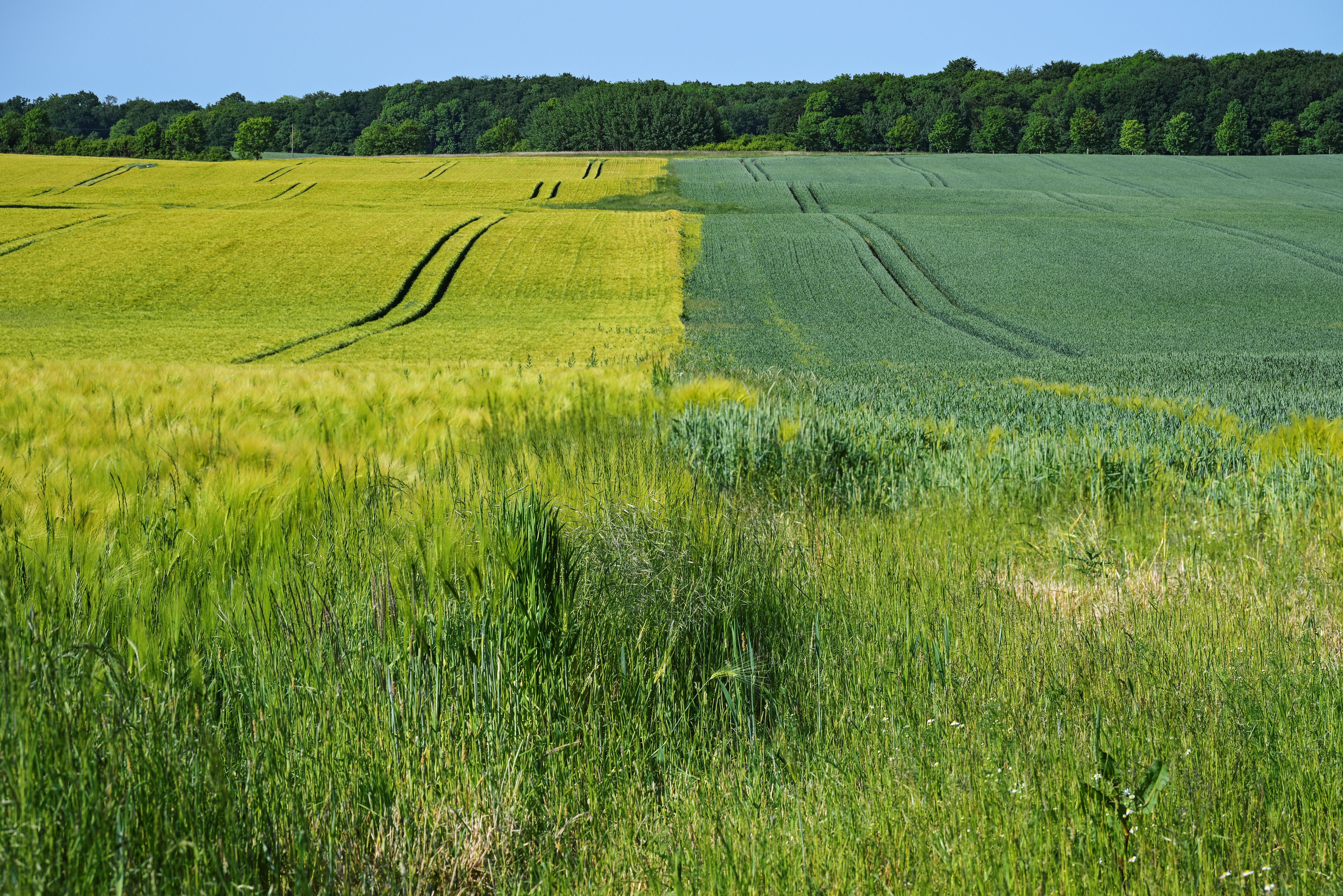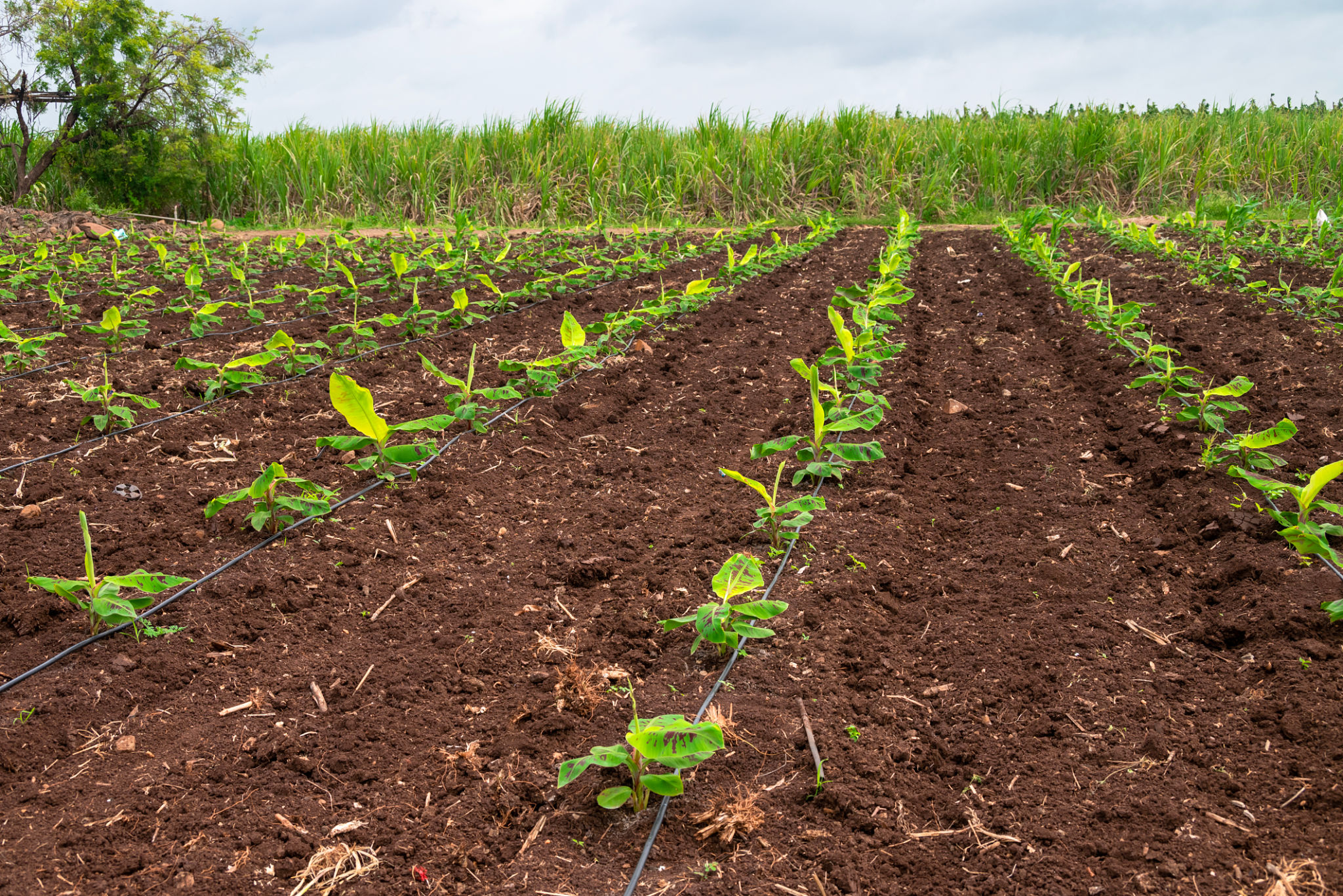The Value of Crop Rotation Techniques in Organic Agriculture
Understanding Crop Rotation
Crop rotation is a time-honored agricultural technique that involves growing different types of crops in the same area across a sequence of growing seasons. This practice is fundamental in organic agriculture as it helps maintain soil fertility and disrupts cycles of pests and diseases. By rotating crops, farmers can naturally improve soil structure and nutrient content, leading to healthier and more productive harvests.

Benefits of Crop Rotation in Organic Farming
One of the primary advantages of crop rotation is its ability to enhance soil health. Different crops have varying nutrient requirements and by rotating them, the soil is not depleted of specific nutrients. For instance, legumes can fix nitrogen in the soil, benefiting subsequent crops that require higher nitrogen levels.
Crop rotation also plays a crucial role in pest and disease management. By changing the type of crop grown in a particular area, the lifecycle of pests and pathogens is interrupted, reducing their prevalence and impact.
Improving Soil Structure
Different crops impact the soil structure in various ways. Deep-rooted plants, such as certain types of grains, help in breaking up compacted soil layers, while cover crops can prevent erosion and add organic matter to the soil. This diversity in root structures helps maintain a healthy soil environment.

Implementing Effective Crop Rotation Strategies
Effective crop rotation requires careful planning. Farmers must consider the specific needs and characteristics of their crops, as well as the local climate and soil conditions. Some common rotation sequences include:
- Three-year rotation: Corn, soybeans, and small grains.
- Four-year rotation: Corn, soybeans, small grains, and a cover crop.
These rotations help ensure that the soil remains balanced in terms of nutrients and organic matter.
Challenges and Considerations
While crop rotation offers numerous benefits, it also comes with challenges. Farmers must be knowledgeable about the growth cycles of various crops and must be able to adapt to changing environmental conditions. Additionally, crop rotation requires more planning and monitoring compared to monoculture farming.

The Future of Crop Rotation in Organic Agriculture
As the demand for organic produce continues to rise, the importance of sustainable farming practices like crop rotation becomes even more critical. By improving soil health, managing pests naturally, and enhancing biodiversity, crop rotation contributes significantly to the sustainability and resilience of organic farming systems.
In conclusion, crop rotation is not just a method of cultivation but a philosophy that aligns with the principles of organic agriculture. As we move towards more sustainable farming practices, the value of crop rotation techniques will only continue to grow, ensuring a healthier future for our planet and its inhabitants.